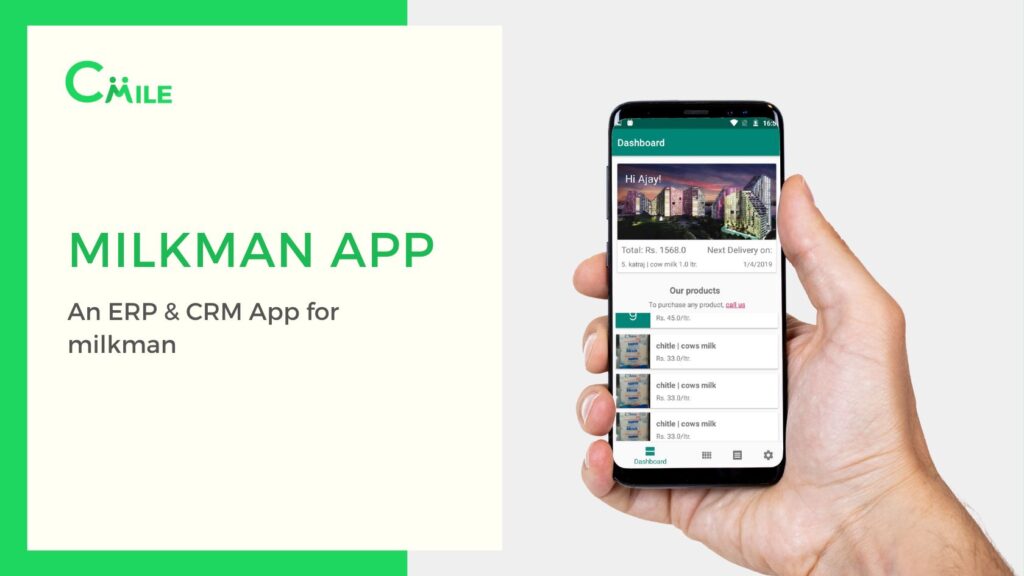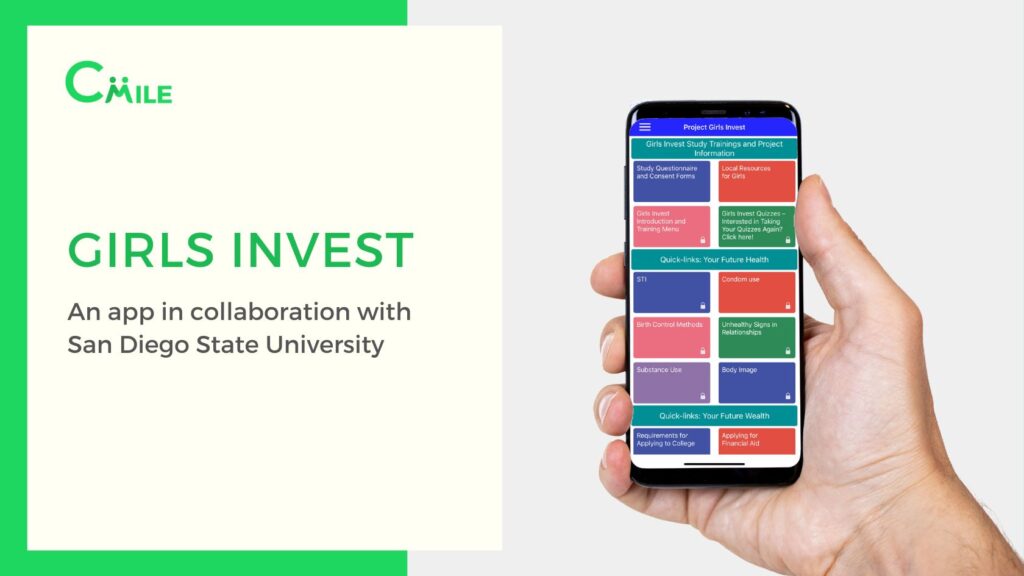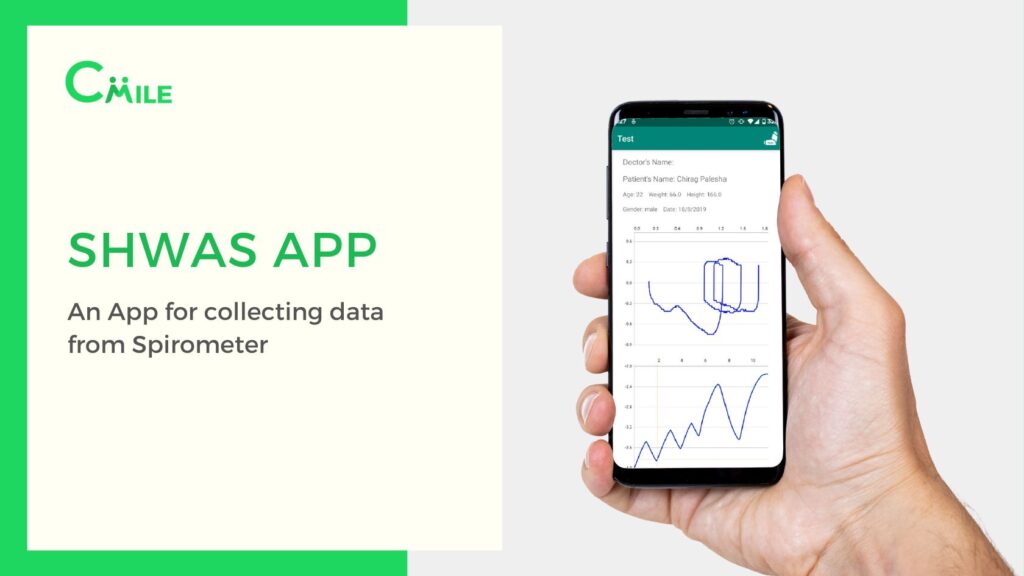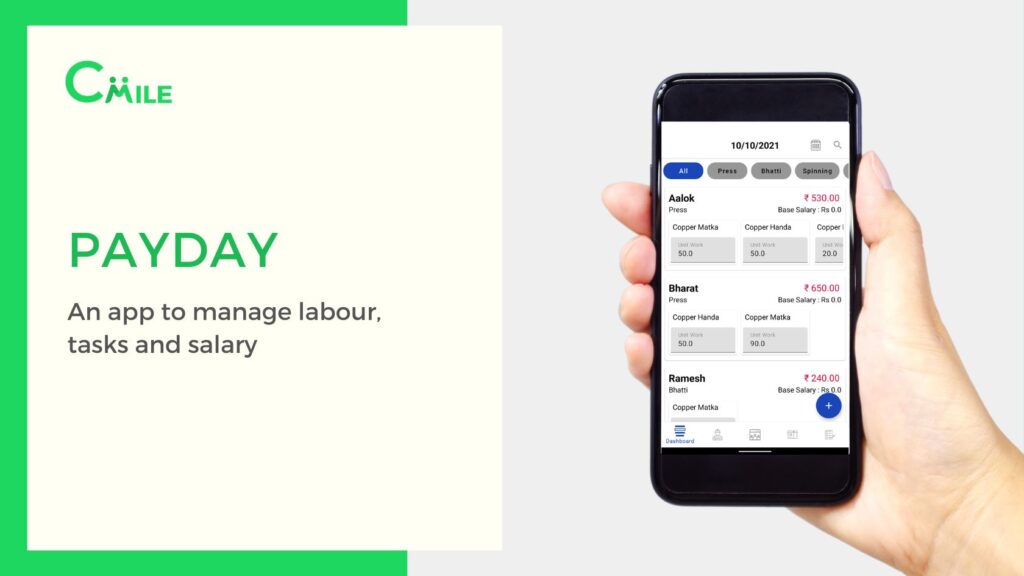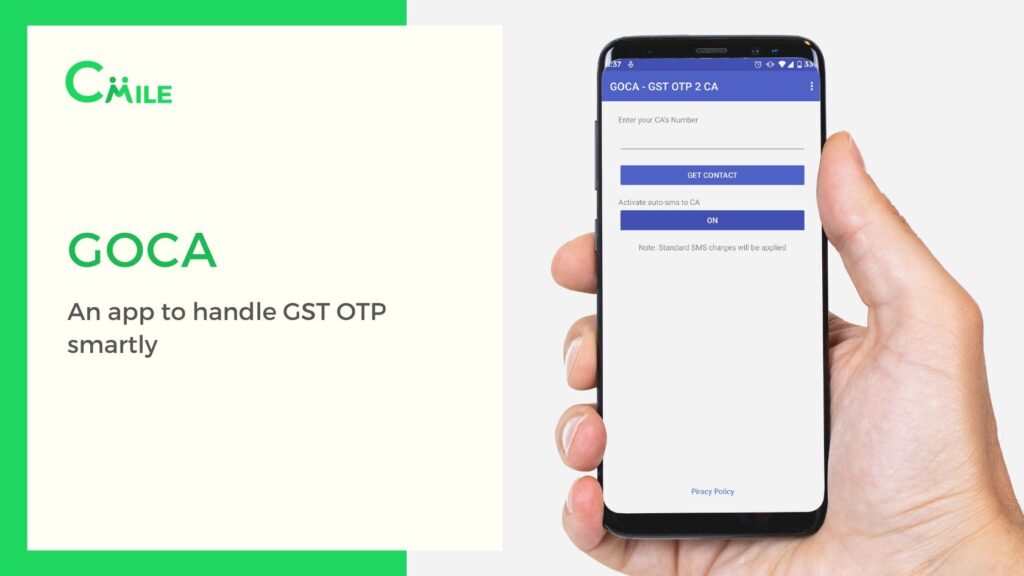Over the years, Android and iOS app development has emerged as one of the most promising industries. The significant number of available mobile apps indicates that we use them more and more to tackle different issues, manage daily chores, and for leisure and entertainment. Be it PlayStore or AppStore; we observed hundreds of developers uploading and updating their apps to fulfill the many different customer demands.
Is iOS better than Android?
If we get into an argument, we might probably never conclude, but we will try to give you a short description. Apple entirely controls the iOS platform, and when it comes to privacy, it is superior to Android. When a developer starts to work on curating an app, he has to follow specific guidelines set by Apple. When any new function launches, the app in iOS gets the first update with enhanced features and superior app quality. Most importantly, user data privacy is uncompromised in the iOS platform.
Currently, the App Store has over approximately 1.5 million+ applications. Now the question is, Why do users like iOS so much?
- First, it’s a clean and straightforward interface.
- Second, the App Store submission process is complicated, which ensures users get high-quality mobile products. The ‘Cupertino giant’ has made it clear that user privacy is a top concern for the company.
Phases in an app development cycle
Generally, there are five main phases in an app development cycle.
- Planning Phase: Before launching an app, it is essential to have a clear focus: what encounters does the mobile app solve, who is your target audience, what latest features to include, and so on. Besides, it is essential to carry out comprehensive market research to ensure the app would be competitive in its market niche. The planning phase also includes organizing all the requirements needed in the app development process’s successive stages.
- Design Phase: In this phase, the design team comes up with the user interface and user experience, that is, the looks, feel, and navigation. The design is then forwarded to the mobile app developers.
- Development Phase: The app development process flow involves producing a functional app from the existing design.
- Testing Phase: When the development phase is finished, it is obligatory to test the application. QA engineers review the app to ensure the functions run flawlessly and have no bugs.
- App Launch & Maintenance: Once the app is tested and verified by the client, it can be officially launched to the app store. However, this does not mean the end of the app development process, since every application requires maintenance over time and needs to be updated often to address the quickly changing customer demands.
iOS App Development Process
The iOS app development process also follows the typical pattern explained above. App development starts with planning for the application, followed by the design and development of the app, testing the product before releasing it, and then, the app’s subsequent continuous maintenance until it exists.
The iOS development process is not as straightforward as it looks. The developers have to take care of developer rules set up by Apple to ensure a user-friendly and secure user experience. The app developers need to implement the required criteria to create a successful app.
The section below provides a detailed explanation of all the iOS app development steps.
- Research & Analysis: There are approximately more than a million apps on the App Store. So, the market is hugely competitive. To ensure your app gets downloaded numerous times, you must conduct market research to check what applications are already out. Then, check how those apps work and compare them to yours.
- Compliance with App Store Guidelines: Also, the process of creating an app for iOS requires you to stick with Apple’s guidelines. They only publish those applications that meet their design, security, user privacy, and other aspects. That’s why all apps on iOS work smoothly without losing any quality, and that’s why most of them are well-made.
Designing Before the Process of Developing an App
- Wireframing: When the concept behind your app is finalized, you need to document the design team’s requirements. Next, the team would then develop wireframes — blueprints showing how the app would look after the final frame. The design stage lays the foundation for the app design process and the other steps to creating an app.
- UI & UX Design: It is a crucial process of creating an app. This step regulates the user experience and how the app will look. At this stage, the target is to create a visually appealing design and something easy to navigate. UI and UX of the app should also match with Apple’s guidelines.
- Software Architecture: Software Architecture is another significant step that goes on alongside UI and UX design. It is the planning of software architecture and is one of the critical stages in the iOS app development process. It includes all those measures taken to ensure the scalability and stability of the app.
Smearing Required Steps In iOS App Development
Although the early phases of the iOS application development process help us fulfill all the requirements, along with finalizing the design of the app, the most crucial stage, however, starts in the development phase.
The development phase is all about turning the app’s blueprint into reality. The development team works with three different integral parts of the project – the back end, the API, and the front end of the app.
- Back-end Development: When it comes to app functionality, back-end development is the core. It includes server-side development, including the maintenance and functioning, user account authentication, and user experience customization.
- APIs: The Application Programming Interface serves as a link between the front-end and the mobile application’s back-end. APIs form one of the core components in the apps development process.
- Front-end Development: The front-end of an app is the side that associates with the app user. It includes coding various design elements, like wireframes and mock-ups, caching, and database synchronization. A well-developed front end will allow a smooth user-experience across multiple screen sizes and orientations.
Testing and Finishing the Method Of Creating An App
Testing the app for iOS is crucial, considering the difficulties in the submission process and Apple’s approval of the app. The developer must check the app for optimized performance, seamless user experience, optimal memory usage, security, and thorough compliance with Apple’s guidelines.
After reviewing and testing, your app can be submitted to the App Store for review and approval. It may take a few days to a couple of weeks for Apple to respond and approve your mobile product.
An App Development Process Never Ends
App maintenance starts with the launch of an app. It comprises monitoring app usage through app analytics platforms, measuring its success through KPIs, and fixing security bugs that may arise. Also, updating app features and interface in the light of customer feedback. The iOS requirements and new updates, for example, the next iOS version is iOS 14.
App Marketing
After testing and releasing the app, it is important to market the app. We are going to highlight a step-by-step guide for marketing a mobile app and the metrics to measure to drive long-term success.
- Fix a Release Date: Compared to Google, Apple has a strict review process that may delay your release, or you may encounter a setback you didn’t anticipate. Planning far in advance will give you adequate time to prepare for your product’s hard launch and allows you to foresee and contingencies that may occur.
- Conduct Market Research to Understand Your Customers: One of the most common pre-launch mistakes is not doing market research properly. Before you begin any development work, you need to identify the key players in your specific app category. It doesn’t matter how thorough your marketing efforts are – if your app doesn’t address a user pain-point or addresses a pain-point that already has a thriving app solution in the market, then your product will simply not succeed.
- Promote on Social Media: Facebook, Instagram, Twitter, LinkedIn, Pinterest, and other social platforms let you expand your web presence and allow you to communicate with your target audience directly. If your app targets specific age groups, identify the social media that are most popular with people in this demographic, and focus on them.

Founder of Cmile. Expert in mobile app📱 & web🌍 development. Passionate about technologies💻. On mission🚀 to digitally solve people’s problems. Love to use emojis✌🏼











